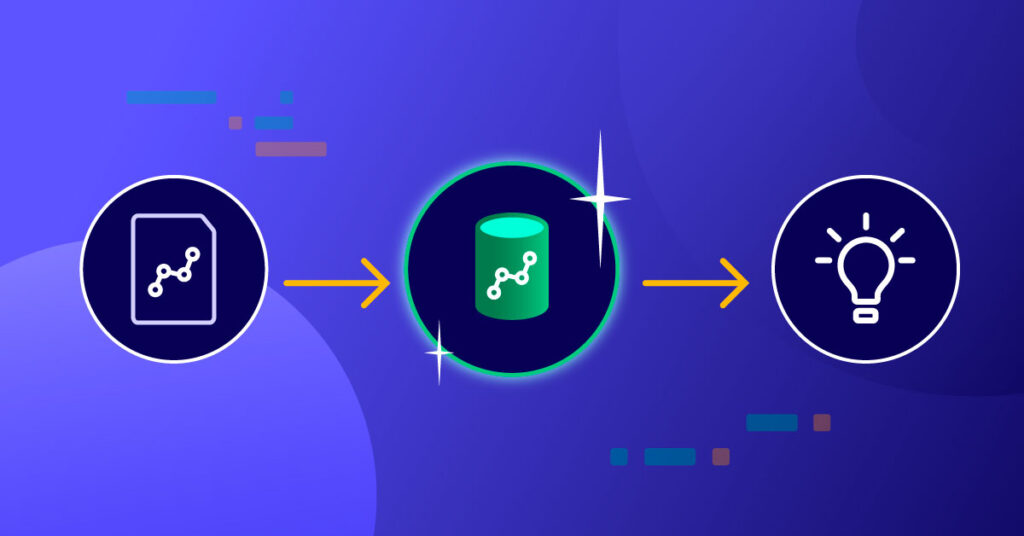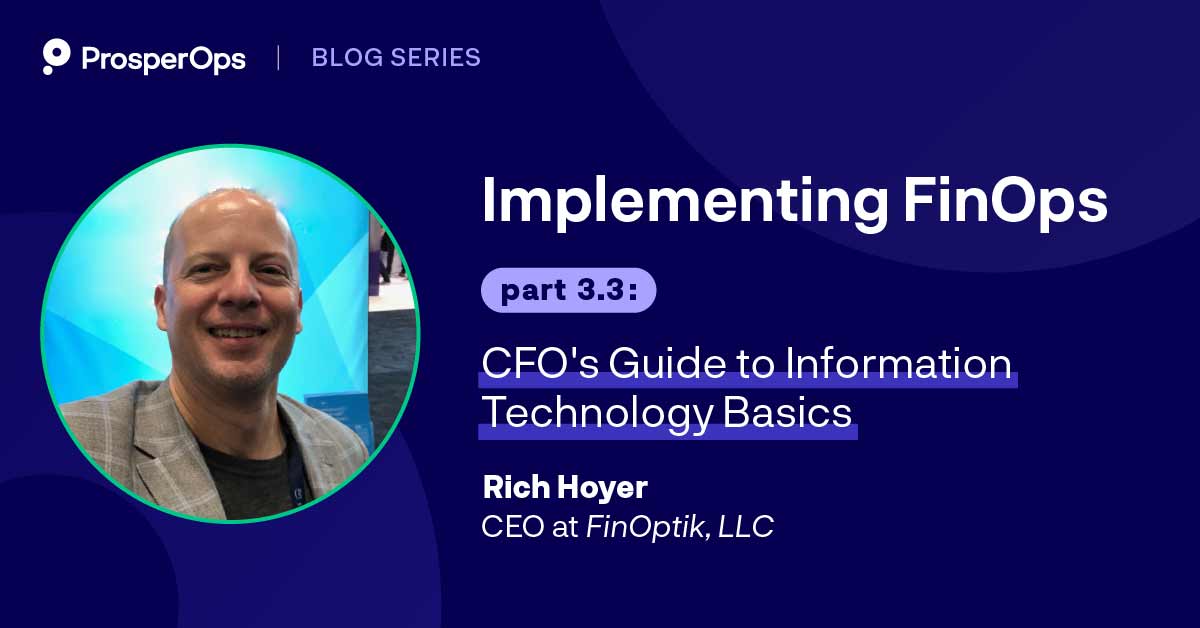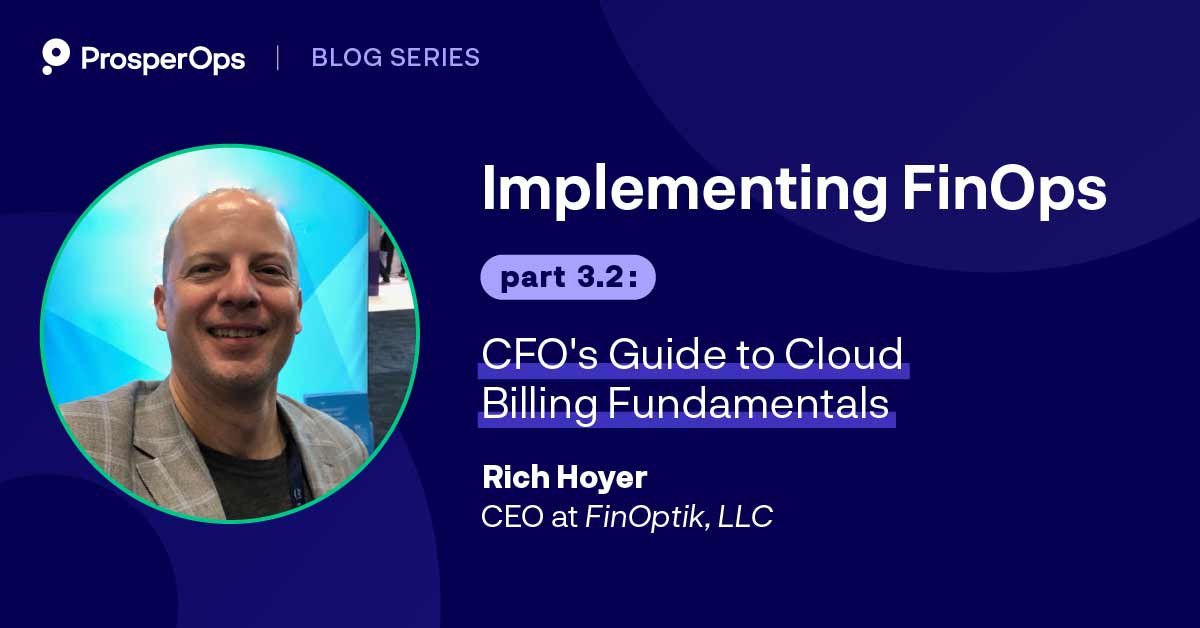Extract, transform, and load (ETL) is a data integration process that involves extracting data from multiple sources, transforming the extracted data by cleaning, validating, and standardizing, and then loading the transformed data into a target database (or data warehouse) for analysis and reporting.
Amazon Redshift provides a high-performance Massively Parallel Processing (MPP) data warehouse capable of handling ETL processing at scale.
But, like with any complex process, it is important to optimize it for the best results. With Redshift, the right processes can help minimize resource contention, reduce data processing times, and lower costs by maximizing the throughput of the cluster.
This blog will help you understand Amazon Redshift’s architecture, its benefits, a step-by-step approach to setting up ETL on Redshift, and the best practices to do so. Read on!
Understanding Amazon Redshift’s architecture and features
Amazon Redshift is a cloud-based data warehousing platform designed for complex analytical workloads. It allows data engineers to create petabyte-scale data warehouses for handling heavy analytic workloads such as dashboards, reporting, business intelligence, and data mining.
With its automatic monitoring, tuning, backups, and upgrades, it’s a fully managed cloud-based service that takes care of all your data warehousing needs.
Redshift also integrates seamlessly with various data lakes, operational databases, and business intelligence (BI) tools to extract and unify data.
One of the key advantages of Redshift is that it provides high concurrency support—allowing unlimited users to access the warehouse simultaneously without affecting performance.
Amazon Redshift uses MPP architecture, meaning computation and storage are distributed across various nodes to allow for parallel processing of large volumes of data for faster performance.
Redshift uses high-performance columnar data storage, which optimizes analytic workloads using compression and zone maps for faster querying. The leader node receives queries, develops execution plans, and manages communications. Meanwhile, compute nodes execute parallel operations and store data. This allows for independent scaling and better performance.
Benefits of using Amazon Redshift for ETL operations
Amazon Redshift is a fully managed service, ideal for handling ETL operations at scale. Here are a few of its top advantages:
Performance efficiency
Redshift delivers maximum efficiency for ETL workloads by leveraging its MPP architecture to distribute data and queries across many nodes. This allows it to rapidly process very large datasets and heavy workloads. The columnar data storage minimizes I/O, and the advanced query optimizer maximizes parallelism, both of which enhance ETL speed and throughput.
Scalability
Amazon Redshift offers flexible scalability to handle growing data volumes and demands of ETL processes. It enables the elastic scaling of compute and storage separately, allowing the cluster to be right-sized for changing needs.
Auto-scaling capabilities also automatically add capacity to manage increases in concurrency or workload. This scalability ensures ETL processes don’t slow down.
Integration with data ecosystem
Redshift integrates tightly with the rest of the data ecosystem for more seamless ETL pipelines. This includes built-in connectivity to a diverse range of data sources like S3, DynamoDB, and PostgreSQL, in addition to integrations with ETL and BI tools.
These make extracting, moving, and loading data into Redshift very efficient. Federated queries also provide live access across operational databases for ETL.
Concurrency and queue management
Redshift’s platform provides substantial concurrency to support many simultaneous users and queries. For ETL operations, workload management helps allocate capacity among competing workloads using queues and short query acceleration.
This ensures long-running ETL processes don’t affect user queries. The separation of storage and compute also allows scaling concurrency as needed.
How do I set up ETL operations in Amazon Redshift?
Establishing robust ETL pipelines is key to loading high-quality data into Amazon Redshift. Careful planning and optimization can help ensure efficient and reliable data processing at scale. Here’s how to set up your ETL operations in Redshift for maximum performance:
1. Prepare your data sources
Consolidating data from multiple sources like S3 buckets, operational DBs, and third-party APIs, requires the standardization of formats, data types, schemas, and more before loading. This data preparation and organization drastically simplifies subsequent ETL steps.
Useful methods include data quality checks, establishing metadata catalogs, partitioning datasets, converting types, cleansing, and compressing data.
2. Set up an Amazon Redshift cluster
The cluster underpins the ETL environment, so optimizing node type, number of nodes, and configuration settings can significantly boost ETL performance. Allocating sufficient compute resources, memory, and concurrency along with storage layouts, distribution styles, and sort keys tailored to the data and workload produces a more efficient ETL platform.
3. Establish data extraction mechanisms
The built-in integration with data sources simplifies data extraction. Amazon Redshift Spectrum connects to S3 buckets, federated queries access operational DBs directly, while third-party connectors, JDBC drivers, and REST APIs integrate other sources. This parallelization of extracts speeds up data transfer.
4. Load data into Redshift
Efficiently loading of prepared source data using parallelized COPY commands maximizes the use of Redshift’s distributed architecture. Syntax best practices, controlling commits, tweaking load parameters, and using multiple files enables high-performance data insertion. Amazon Redshift Spectrum inserts data directly from S3 without requiring prior loading for further flexibility.
5. Data transformation
Redshift SQL enables users to transform loaded data to meet analytical needs with ETL operations like selecting, filtering, joining, aggregating, calculating metrics, pivoting, and applying functions for manipulation. Creating temporary tables boosts complex transformations. Amazon Redshift ML also allows data enrichment through machine learning functions.
6. Create final data structures
Organizing the transformed data into an analytical data model, using star schemas with fact and dimension tables structured for business reporting, optimizes querying. Carefully distributing tables while analyzing and vacuum-analyzing finalized structures enhances query performance.
7. Automation and scheduling
Automating ETL jobs using workflow tools like AWS Data Pipeline reduces manual intervention. Scheduled jobs refresh and load incremental data seamlessly to maintain accuracy. Monitoring overall pipeline health ensures continuous data flow.
8. Monitoring and maintenance
Redshift system tables, console metrics, and logs help track ETL operations and troubleshoot issues after deployment. Monitoring workloads guides optimization like additional capacity, distribution tuning, sort key additions while identifying bottlenecks. Regular maintenance activities sustain performance.
Using AWS Glue to create an ETL pipeline
AWS Glue is a fully managed ETL service that makes it simple and cost-effective to categorize your data, clean it, enrich it, and move it reliably between various data stores.
It handles several difficult ETL tasks like data discovery, mapping, code generation, job scheduling, and runtime, while providing integration across a wide range of data sources and targets.
Pros and cons of using AWS Glue
AWS Glue tackles many of the complex aspects of building scalable and maintainable ETL pipelines across diverse data sources, making it an efficient option in many cases. Its managed nature and integration power provide simplicity while still offering flexibility via custom code when needed.
Pros
- Serverless service, which reduces infrastructure management
- Integrated data catalog that enables discovery and tracking
- Auto-generated PySpark/Scala ETL code accelerates development
- Managed Spark environment simplifies running ETL jobs
- Scheduling, triggering, and monitoring workflow orchestration
- Integration with diverse data stores like S3, Redshift, and Elasticsearch
Cons
- Additional costs for Glue crawlers, jobs, and DPUs
- Limited ability to customize auto-generated ETL code
- Monitoring and debugging distributed ETL jobs can be challenging
- Orchestrating very complex ETL pipelines still requires work
Tips for using Amazon Redshift for ETL
Tuning and optimizing your ETL processes in Redshift allows for better performance and greater efficiency when handling large-scale ETL operations. Keep these tips in mind for best results:
- Allocate sufficient nodes and configure optimal resource settings when setting up clusters based on projected data sizes and ETL complexity.
- Structure tables and distribute data evenly, based on the type of ETL operations to maximize parallel processing.
- Use COPY commands with multiple files and parallelization instead of INSERT statements to accelerate data insertion.
- Compress data files during loads and unloads to enhance transfer speeds.
- Implement workload management with queues and query monitoring rules to avoid ETL interfering with customer queries.
- Automate vacuums and analyze to improve query performance and throughput capacity for large data volumes.
- Take advantage of Redshift Spectrum to directly query and insert data from S3 without loading into tables.
Elevate Your AWS Cost Management With ProsperOps for Redshift
Managing AWS costs effectively becomes essential as you scale your ETL operations on Amazon Redshift. When your ETL processes become predictable and consistent over time, you can reduce cloud costs by utilizing Redshift Reserved Instances instead of paying the higher on-demand prices.
However, optimizing these financial commitments to align with your specific usage patterns and changing demands can be complex and time-consuming, leading to either underutilized discount instruments or overspending via on-demand.
ProsperOps’ Autonomous Discount Management for Redshift can solve these problems for your organization. It optimizes Reserved Instance commitment to maximize savings and creates an automated adaptive Reserved Instance (RI) ladder that balances cost savings with risk as your needs evolve.
Explore more about ProsperOps’ cost optimization features: Schedule a free demo today!




